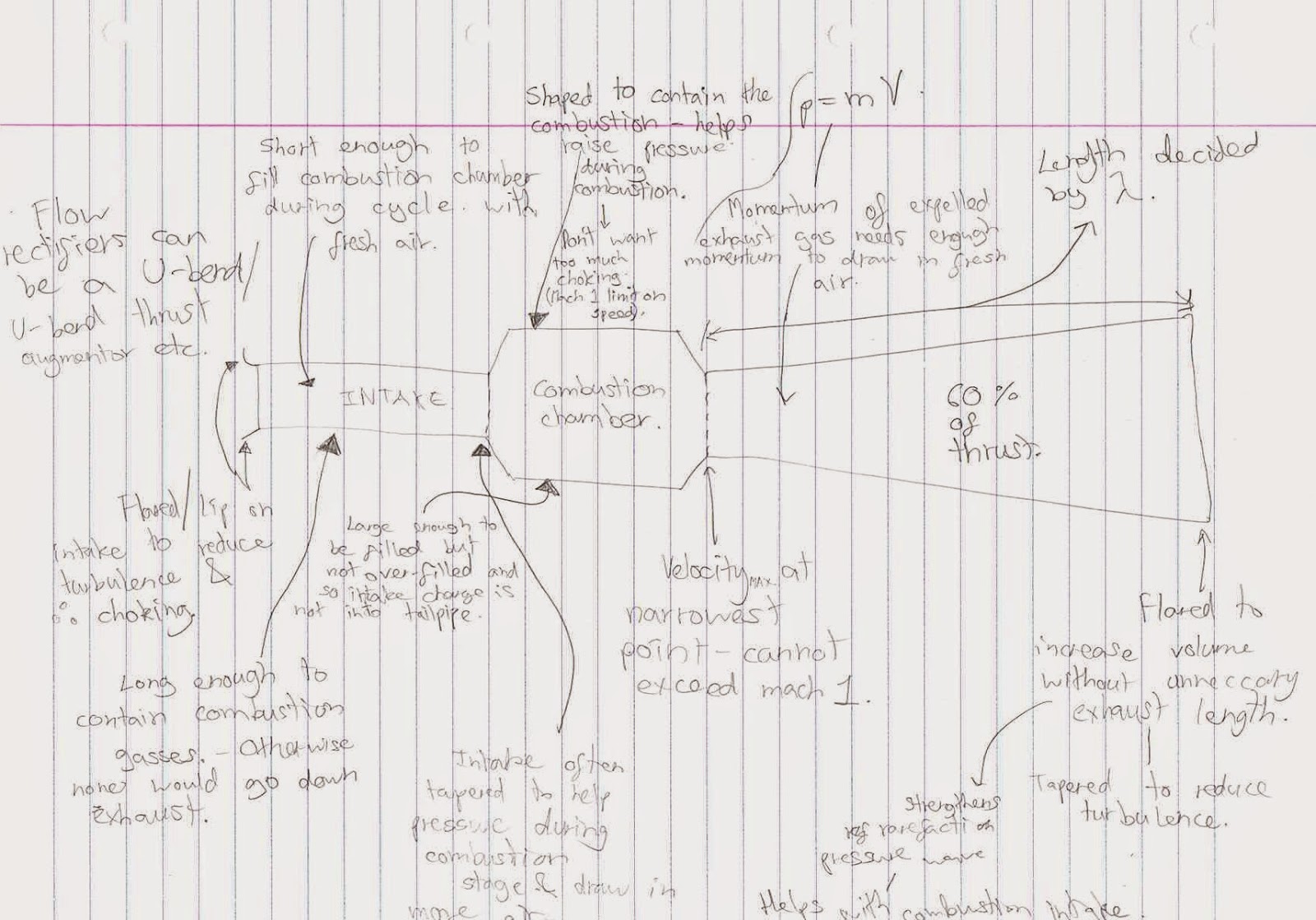I've decided i'm going to mount this at the end of the intake tube. This is for two reasons; the tube isn't stainless steel and taking Bruce Simpson's advice that this position is much cooler compared to nearer the combustion chamber-with this not being stainless steel this will help avoid it melting; and also as it will be easier to fit in this position-not working with a slanted face.
I'm going to drill 3mm holes along the tube.


I have also got a ball valve and gas tube adapter ready to build the fuel system and a gas cylinder regulator that allows the gas pressure leaving the cylinder to be increased from the standard 300 millibars to 4 bars; this flow will be necessary for proper functioning. I'm going to consult my dad about what fittings will be suitable and available for connecting this all together as his experience holds valuable information.
My worries at this stage is that the fuel rod being the size/thickness it is, it may impede the air flow in the intake sufficiently to prevent the Pulsejet from functioning properly. I'm going to have a look around to see if I can find something more suitable but if not will just try with the current fuel rod. The only way to find out if this has an effect is through testing. With the way I a planning on fitting the fuel rod though, it will be relatively easy to remove and replace with a different one if it causes a problem.








